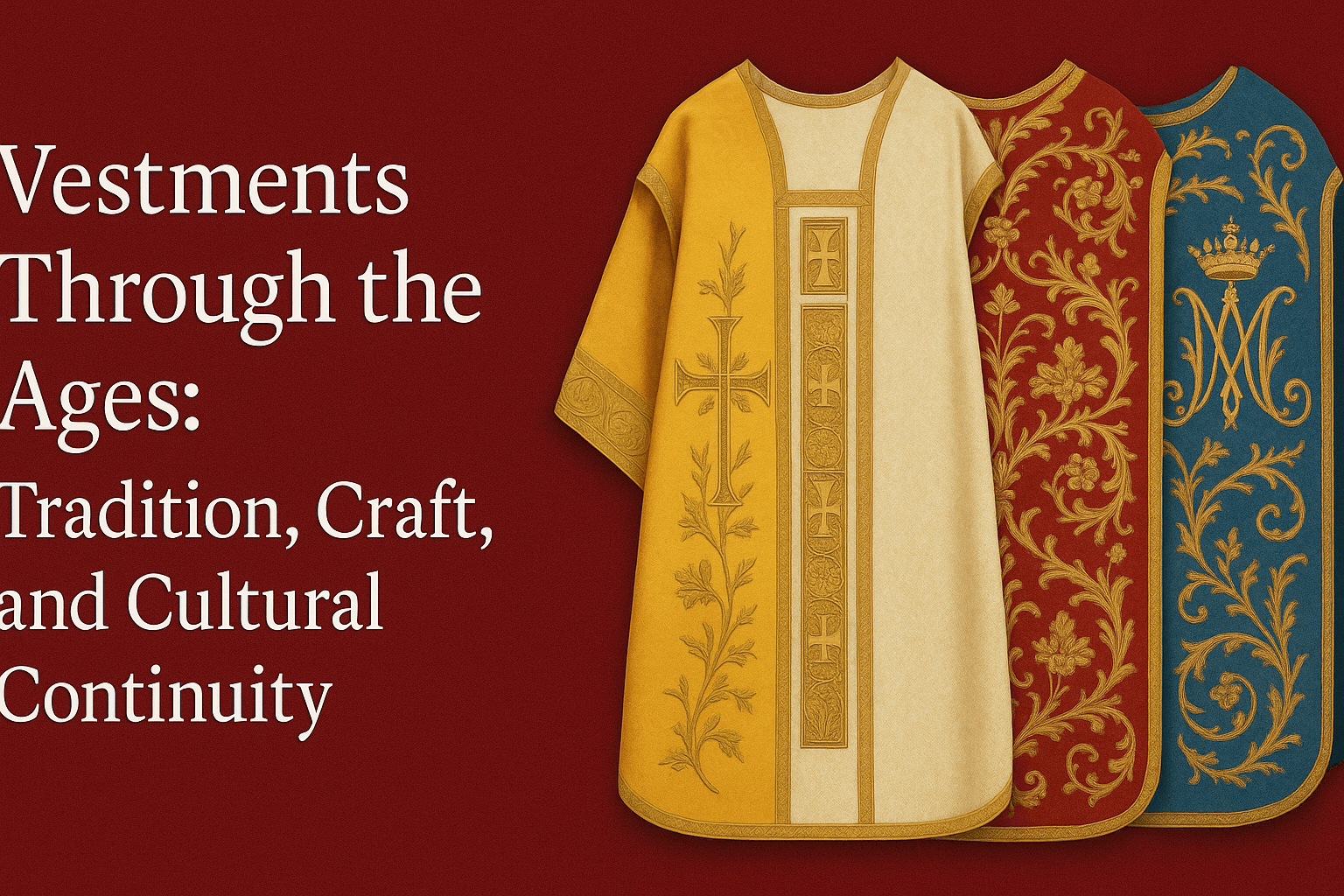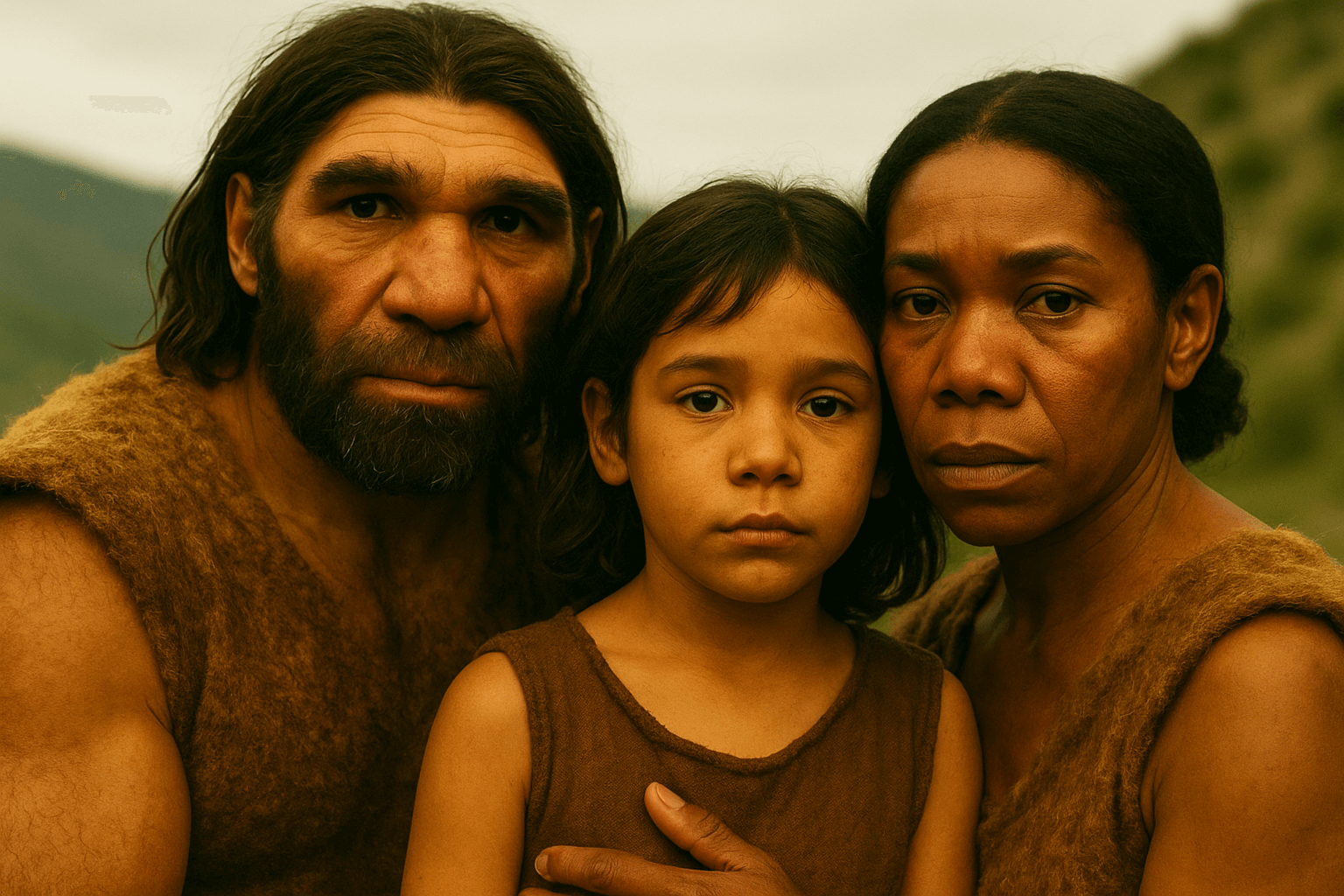Cremation, the act of reducing a body to ashes by exposing it to intense heat, has been a method of disposing of the dead for millennia. Archaeological findings have shed light on the earliest evidence of this practice, revealing intriguing insights into ancient rituals and beliefs.
The Mungo Lady of Australia
Perhaps the most ancient evidence of cremation comes from the Lake Mungo region in New South Wales, Australia. Dating back approximately 42,000 years, the remains of the 'Mungo Lady' display a multi-stage burial process. Her partially burned remains were gathered, crushed, and then burned again before final burial. The care given to this process speaks to its deep ritual significance, suggesting that these ancient people had complex beliefs about death and the afterlife.
The Mungo Lady, discovered in 1969 by Dr. Jim Bowler, represents not just an archaeological milestone but also a profound cultural and spiritual insight into the lives of ancient Indigenous Australians. Her remains, found in the Willandra Lakes Region, a UNESCO World Heritage site, illustrate a complex and sophisticated mortuary practice that predates many other known cremations worldwide. This discovery challenged previous notions about the sophistication of ancient cultures, particularly those outside the well-documented histories of Europe and the Near East. The care in the treatment of the Mungo Lady's remains—the burning, crushing, and second burning of her bones—indicates a ceremonial respect and possibly a belief in an afterlife or the importance of ritualized send-off for the dead.
The discovery of the Mungo Lady holds significant contemporary relevance, especially in discussions about the history and rights of Indigenous Australians. Her remains, along with those of the Mungo Man found in the same area, have become central in the dialogue about the repatriation of Indigenous human remains. In 1992, in a landmark decision and a sign of respect for the cultural beliefs of the local Aboriginal communities, the remains of the Mungo Lady were returned to her ancestral homeland. This act was a significant step towards acknowledging the deep historical connection between Indigenous Australians and their land, and it set a precedent for similar cases worldwide. Moreover, the Mungo Lady serves as a poignant reminder of the rich and ancient heritage of Aboriginal cultures, underscoring their deep spiritual and physical connection to the Australian landscape.
Cremation in the Near East
In the Near East, the practice of cremation is not as prevalent or ancient as in some other regions, like Europe, primarily due to varying religious and cultural practices in the region. However, there are notable instances where cremation was practiced.
Tell Aswad, Syria: One of the earliest examples comes from Tell Aswad in Syria, dating back to around 7000 BCE. This suggests that even in the early Neolithic period, some communities in the Near East were practicing cremation alongside other burial methods.
Diversity of Practices: The Near East, known for its cultural and religious diversity in ancient times, showed a range of burial practices. Cremation, while present, was not as dominant as inhumation. The choice between these methods often reflected a variety of factors, including religious beliefs, social norms, and environmental conditions.
Influence of Ancient Empires: The spread and influence of various empires, such as the Persians and later the Greeks and Romans, also impacted funerary practices in the Near East. With these influences, cremation might have been adopted in some areas, particularly during the Hellenistic and Roman periods.
Cremation in Europe
Europe, too, has evidence of early cremations. During the Neolithic period, particularly in the late 3rd millennium BCE, cremation became more widespread. The European Bronze Age (c. 2300–750 BCE) witnessed a significant increase in cremation practices, especially in regions such as Britain, Scandinavia, and parts of Central Europe.
In Europe, cremation has a more extensive and varied history, with evidence indicating that it became a widespread practice in certain regions, particularly during the Bronze Age.
Bronze Age Cremation: From around 2300 BCE, cremation became increasingly common in Europe, with the Bronze Age seeing a significant rise in this practice. Many people attribute this change to cultural shifts brought about by migration and new technologies.
Urnfield Culture: A notable phenomenon in late Bronze Age Europe was the emergence of the Urnfield culture (c. 1300–750 BCE), named after their practice of burying cremation ashes in urns in large fields. These urnfields are found across central and western Europe, indicating a widespread adoption of cremation.
Iron Age and Roman Influence: During the Iron Age and under Roman influence, cremation continued to be a popular method of burial in many parts of Europe. The Romans, in particular, practiced cremation extensively until the rise of Christianity, when inhumation became more prevalent.
Cultural and Religious Shifts: The decline of cremation in Europe is closely tied to the spread of Christianity, which initially discouraged the practice due to its belief in bodily resurrection. However, variations existed, and in some regions, cremation persisted alongside inhumation for centuries.
Archaeological Evidence: European archaeological sites have provided rich evidence of cremation practices, including urns, burial mounds, and remnants of pyres. These findings not only offer insights into the cremation process itself but also into the broader social, cultural, and religious contexts of ancient European societies.
In conclusion, a complex interplay of cultural, religious, and social factors shaped the practices of cremation in the Near East and Europe. While in the Near East, cremation was one of several burial practices and less uniformly adopted, in Europe, it became a widespread and significant practice, especially during the Bronze Age, reflecting profound shifts in societal norms and beliefs.
Significance in Rituals
The choice between cremation and inhumation (burial) often reflected broader societal beliefs and norms. For many ancient societies, fire was a transformative element, believed to cleanse and liberate the spirit. The ashes might have been collected in urns, with urnfield cultures being particularly prevalent in Bronze Age Europe.
Technological Advancements
The rise of cremation as a prevalent burial practice is linked not just to cultural beliefs but also to technological advancements. The construction of pyres or the development of early cremation chambers made the process more efficient. The presence of pottery and urns designed specifically to hold cremated remains suggests a standardized approach to this method of burial over time.
Preservation Challenges
Unearthing evidence of ancient cremations poses unique challenges for archaeologists. Due to the very nature of the act, organic material is often entirely consumed, leaving behind only fragments of bone or traces of ash. Thus, pinpointing the exact prevalence of cremation in ancient cultures can be a challenge. However, advancements in technology and analytical techniques are continually enhancing our understanding.
From the ancient shores of Lake Mungo in Australia to the historical landscapes of Europe and the Near East, cremation has held a significant place in human burial practices. The act not only speaks of the transient nature of life but also sheds light on the beliefs, rituals, and technologies of ancient civilizations. As archaeological studies continue, we can expect even deeper insights into this age-old practice.











